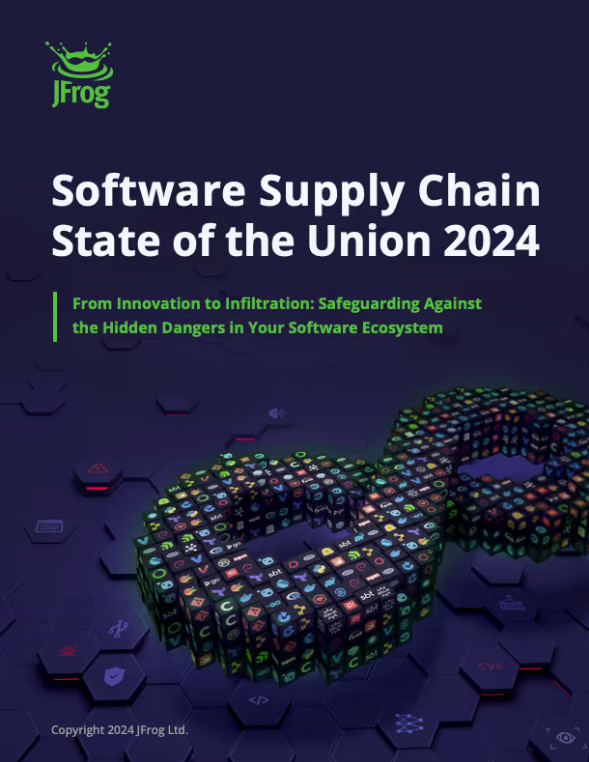Definition
The software development life cycle, or SDLC, is the set of phases that occur as developers create software. It includes a series of processes that software engineers follow to turn an idea into an application.
Overview
Modern software development is not a simple, self-contained process, but rather a series of processes that are constantly repeated. All phases along the life cycle of a software development – from the idea and conceptualization of new functions, through planning, implementation and testing, to the operation and maintenance of the application in the production – are described as the software development life cycle (SDLC).
To keep development operations organized, most software engineers today follow a set of procedures known as the software development lifecycle, or SDLC. If you want to keep software development efficient and scalable, understanding how the SDLC works is paramount.
This article breaks down everything you need to know about the SDLC and its impact on software development operations.
Importance of the SDLC
The software development life cycle is important because it helps teams adopt a structured, well-organized approach to creating software.
Without the formal set of processes that define the SDLC, engineers would be left to approach software development in an ad hoc fashion. They might follow different processes each time they create a new version of an application, for example. This would lead to unpredictability and inconsistency. It would also make it difficult to scale or automate software development processes.
But with a well-structured SDLC, developers can adopt the same basic approach to building any application. They can also take advantage of tools – such as continuous integration mechanisms which merge updates into existing applications. There are also tools that automate the software build process and deployment automation which automatically pushes application releases into production environments. This environment basically ties together all the stages of the SDLC.
Stages of the SDLC
What are the specific stages of the SDLC? There is some debate regarding exactly how the stages of the SDLC are structured. For example, while most depictions of the SDLC treat testing as a single, distinct stage, some development operations professionals would argue that there are actually multiple testing stages because teams typically perform several different types of tests at different points in the development process. Likewise, some engineers draw a distinction between the testing phase and the design phase, whereas others see them as distinct SDLC stages.
Without getting caught up in the nuances of the SDLC, in general, the software development life cycle includes the following stages:
- Analysis and planning: The SDLC starts with an assessment of what an application is supposed to do.
- Design: Developers make high-level decisions about how to design an application to achieve its intended goals.
- Coding and development: Software engineers write the code to implement the software design they have chosen.
- Testing: Developers or Quality Assurance (QA) engineers test new code to validate that it works as intended.
- Compilation and packaging: Developers compile, or “build,” code and package it so it can be deployed easily in whichever software environments it needs to support.
- Deployment: Engineers move a newly packaged application into a production environment, where end-users can access it.
- Maintenance: The running application is managed on an ongoing basis.
SDLC Models
There are different process models and approaches to software development: From traditional, to linear to flexible methodologies. Depending on the model of the software development process, the phases of the software lifecycle also differ.
Waterfall Model
The waterfall model is a linear model for software development in which each stage of the software life cycle is worked through sequentially without feedback to earlier phases. It is well suited to projects with clear requirements and a fixed schedule.
Spiral Model
The spiral model is an iterative software development model in which software is developed in loops consisting of different phases of the software life cycle. The different stags are run through several times. It is well suited to larger projects with unclear requirements or changing goals.
Agile development
The agile software development model is an iterative and incremental software development model in which software is developed in short iterations (also known as “sprints”). Agile emphasizes close collaboration with the customer and flexibility to adapt to changing requirements and goals.
A Continuous Process
For most applications, the phases of the SDLC described occur repeatedly. Every time developers choose to build a new version of an application, they go through every stage of the process – from assessing what the new version should do and designing it accordingly, through to the deployment and management of the new application release.
Thus, it is wrong to think of the SDLC as a one-time pass through for a particular software package. In most cases, a new version of an application is always in the process of creation and eventually of passing through all the stages of the SDLC. Even as an older version of an application is running in production, an updated version is being readied for deployment. In this way the SDLC begins again as developers start working on yet another version of the application.
DevOps and the SDLC
Since the software development life cycle is a key concept in modern approaches to software development, it often goes hand-in-hand with DevOps, another important concept among today’s software developers.
However, the SDLC and DevOps are distinct concepts. The SDLC is a way to structure software development processes, whereas DevOps is a philosophy that emphasizes close collaboration between developers and IT operations teams. It’s possible to create software according to the processes that comprise the SDLC without using a DevOps strategy, and vice versa.
In most cases, though, you’ll find that teams that use the SDLC to structure their development strategy will also adopt DevOps, since both practices help to breed faster, more efficient approaches to software development.
Securing the SDLC
With the triumph of the DevSecOps approach, the topic of security is also playing an increasingly important role in the SDLC. In a DevSecOps lifecycle, security is integrated into every phase of the software lifecycle right from the start.
Security requirements are defined and integrated into the software as early as the design phase. In the planning phase, security measures are included in the software design and finally addressed during implementation. The testing phase is also adapted to include security aspects in the automated tests.
The ultimate goal is to ensure that the software is secure and meets all defined security requirements. The SDLC becomes the Secure Software Development Life Cycle (SSDLC).
Building Better Software
In short, it’s difficult to create software efficiently in a scalable manner today without adhering to the process model defined by the SDLC. Although there is some room for debate about exactly what the SDLC entails, as long as you adopt a well-structured set of processes to shape your approach to software development, you’re placing your organization in a stronger position to deliver better software faster and more efficiently.
JFrog’s Software Development Lifecycle Platform
Manage your software applications across the entire software development lifecycle: The JFrog Platform is the universal software supply chain solution for DevOps, DevSecOps, and MLOps. With 50+ integrations, it can house your entire ecosystem of tools, providing automated, integrated, extendable, and secure software supply chain management.
Continue to explore more topics related to software supply chain management here, or if you’d like to see the platform in action, schedule a demo or start a free trial at your convenience.





